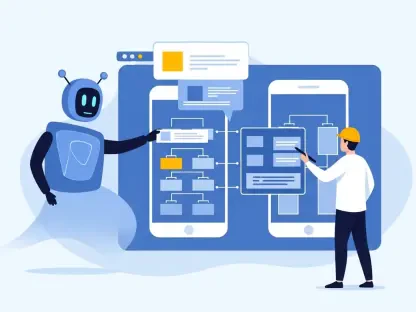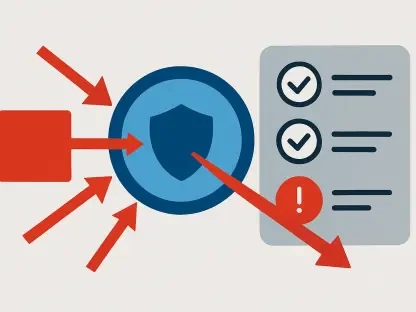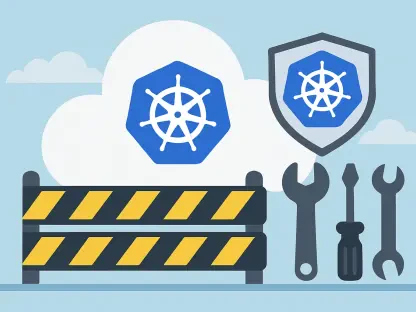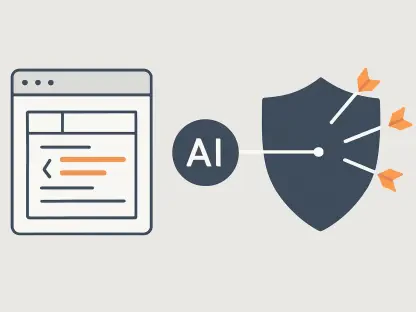SDLC is the acronym for Software Development Life Cycle, basically a framework for getting from point A to point B in the software development process. As a design adopted by development teams within software organizations, SDLC makes for an efficient plan for developing, altering, maintaining, and replacing software.
SDLC includes multiple stages, such as analysis, study, design, building, testing, installation, and support. Well-known SDLC models include the waterfall model—a sequential model that divides software development into different phases, the spiral model —a combination of iterative and sequential linear development, and the agile model—a fast model that allows companies to develop software quickly by splitting it into small parts. All SDLC models make for courses of developing software that guarantee the excellence and accuracy of the final product.
The framework for standard software includes seven distinct SDLC steps.
Analysis and Data Gathering
The first step of the SDLC process is usually managed by senior team representatives who can input useful information from associates and experts alike. At this stage of the process, preparation is extremely important because it’s the only way to provide the company and the development team with the right reasons for building new software. Just as important is identifying the risks involved.
Laying the foundation of a new project is not easy, as future issues must be anticipated, and opportunities must also be discovered as quickly as possible.
Study: Determining the Real Needs
With the analysis completed, the next stage features all the necessary steps for calculating the correct needs. This method is often managed with the help of the ‘Software Requirement Specification’ or ‘SRS’ document. The document contains a list of parameters covering every facet of development, from economic and legal aspects to development and technical feasibility, to agenda and time management.
Any team that wants to produce high-quality software must correctly define the requirements of the project and detect the costs and resources needed.
Designing New Software
The third step of the SDLC process ensures that two types of design documents are prepared beforehand to mark a clear way of drafting the system architecture. The ‘High-Level Design’ or ‘HLD’ provides descriptions and names, and outlines for all modules, while the ‘Low-Level Design’ or ‘LLD’ focuses on the functional logic of the modules, specifics, and input and output.
At this stage, it is important to collect and combine stakeholder advice into these documents. Design is one of the most important steps of the SDLC process, and failure at this stage might spell doom for the entire project.
Building New Software
Although it might sound complicated, building or coding just means writing code using the chosen programming language. If all prior stages have been completed with care, thoroughness, and accuracy, this step is actually less complicated than you might imagine. However, using the right tools for generating and implementing the code is crucial.
Testing and Approving Software
Once the coding is complete, all new software must be tested thoroughly in order to make sure that every part of the system works properly. Testing is the only way to assess the actual quality of the software. Bugs might be found by the members of the testing team, and it is the team’s responsibility to disclose all findings to developers. In turn, developers must fix all problems and send the software system back for more testing. This step will be repeated as many times as needed for the final product to be stable and suited to the client’s needs.
Installation
The end of the testing phase means that the software is ready and that the final implementation process can begin. The final version can be released after approval from the project manager. After that, the team must wait for feedback from end-users and fine-tune the product if needed.
Maintaining and Providing Support
The SDLC process doesn’t come to an end with installation, as the final clients using the product may need more servicing. Bugs and problems might appear along the way, no matter how thorough the testing. Customers may also need upgrades or new features for current software, as their businesses keep growing and changing.
SDLC has numerous benefits, but one of the most important could be the goal-oriented nature of the process. By making sure that every step is executed carefully, in great detail, developers increase their chances of achieving the final goal of delivering excellent software. With SDLC, every actor can follow the final goal, while also making adjustments along the way, without losing sight of the bigger picture. SDLC makes good documentation necessary and this, in turn, could ensure the success of future projects.









